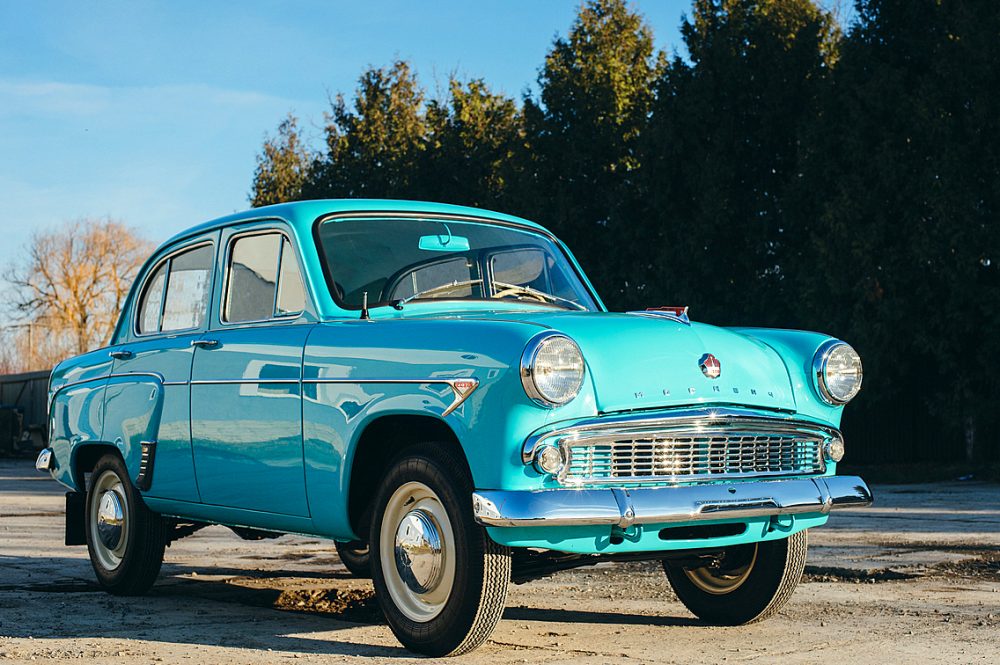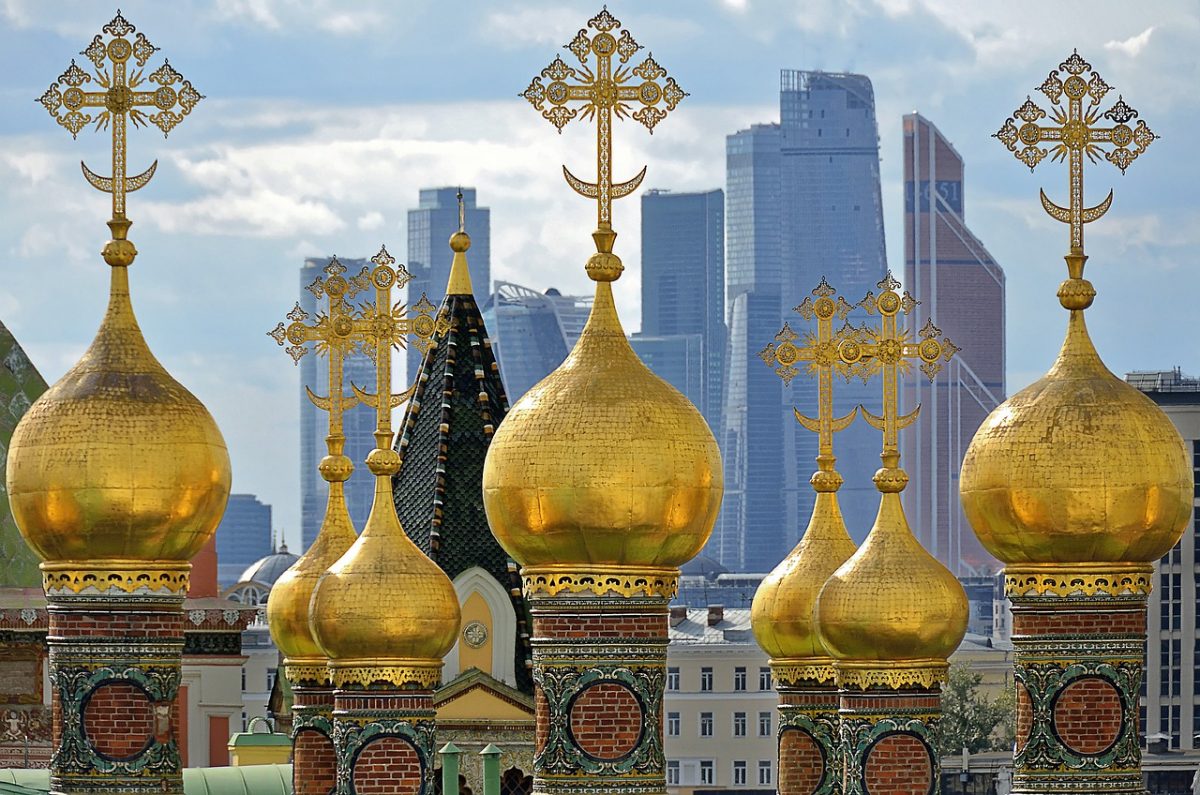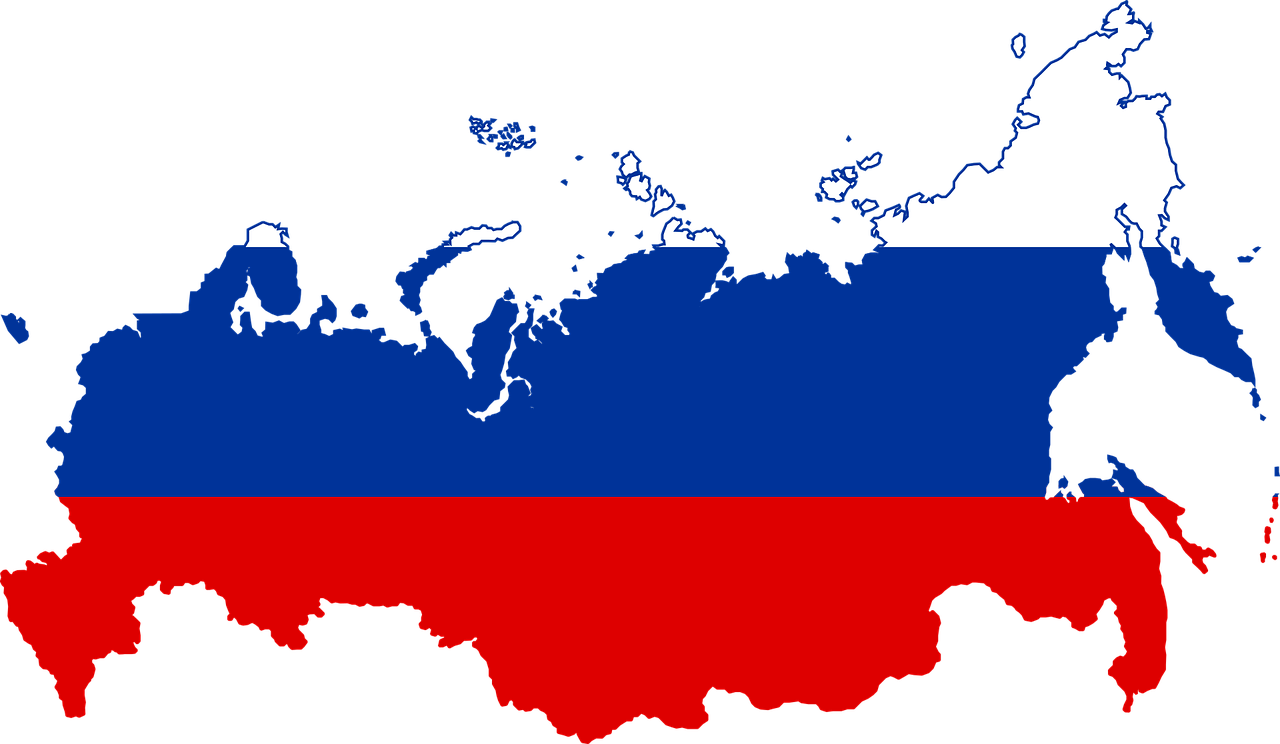When you think of some of the classic vehicles to emerge from the Soviet era, it’s easy to build an image of a lumbering stereotype of Soviet cars; a dull, functional car that looked and felt remarkably similar to other models. While that may be true to some extent – it has to be said that most Soviet car models weren’t exactly exciting – there was much more to Soviet car production than this.
Their design reflects a fusion of Western car design and something truly Soviet, and it’s clear that cars made in the Soviet Union are real collector’s items today and will hold an enduring fascination. In this article, we’ll round up some of the significant Soviet car manufacturers and models, taking you on tour through the Lada, the Volga, the Zil, the Uaz, the Gaz, and the Mosckvich.
1. Gaz
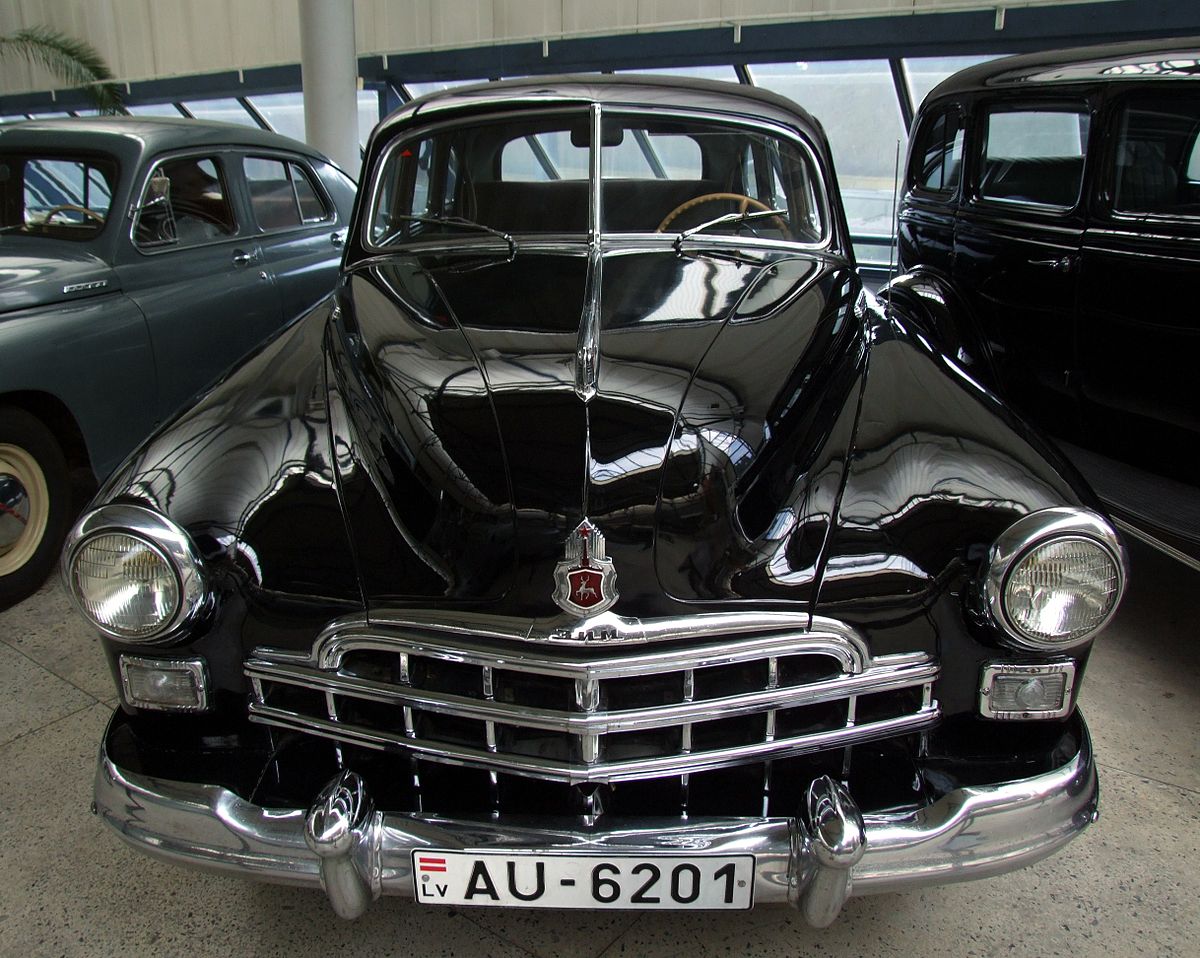
Due to its undisputed off-road and simple and rugged looks, the Jeep Willys qualified as the iconic vehicle of the American Army during the Second World War. However, after the war, the Soviets could not remain indifferent to this new type of vehicle, so they developed the GAZ 69, produced between 1953 and 1975 under different names (GAZ, UAZ, and ARO).
Like the LuAZ 969 M, the GAZ 69 was a 4WD vehicle initially created for the Red Army. It had a 2.1-liter engine capable of producing 54 bhp, a maximum speed of 56 mph, and an 11 mpg fuel consumption rate. Not exactly a high-tech piece of machinery, even for those days, but it was a great success, being supplied to all Eastern European armies, exported to 56 countries, and built in North Korea.
2. Uaz
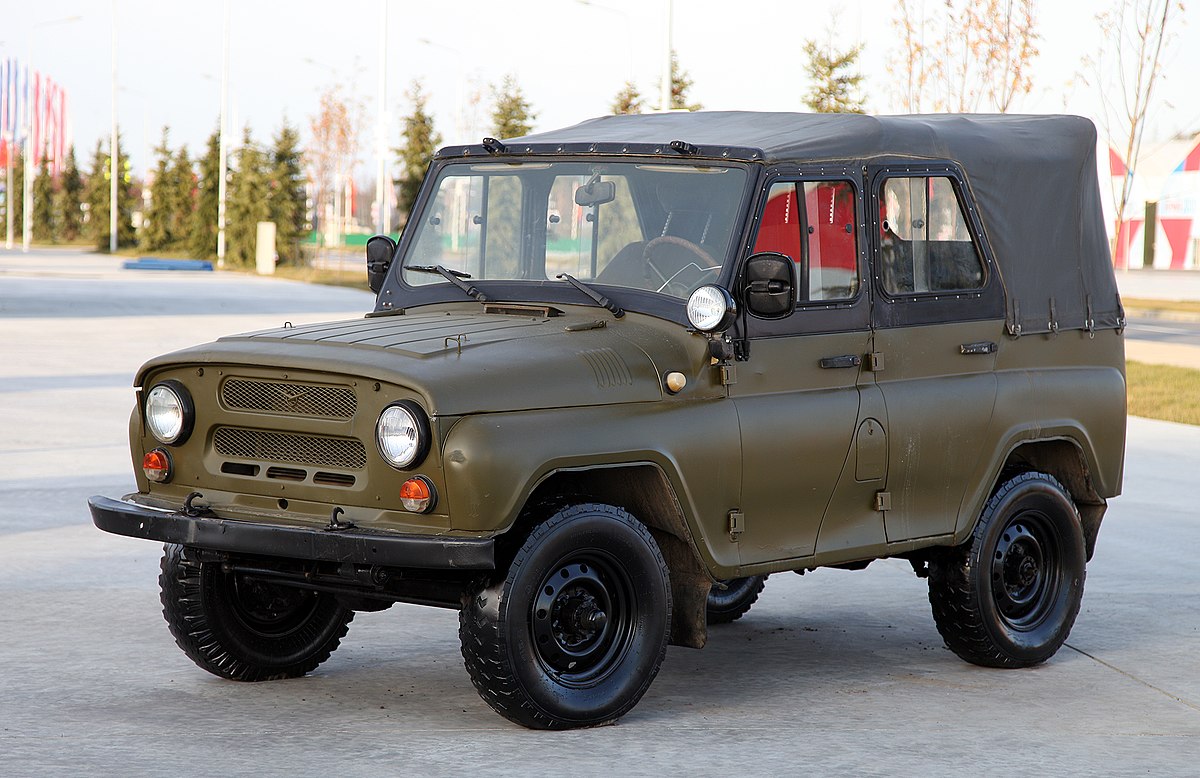
The Ulyanovsk Automobile Plant was founded in 1941 as a direct result of the German invasion of the Soviet Union. In response to this threat, the government of Joseph Stalin ordered the evacuation of strategically important industrial centers to the East. By October 1941, the rapid German drive to Moscow triggered the decision to relocate the Moscow automotive manufacturer ZIS to the Volga town of Ulyanovsk.
The town, already a budding industrial center with a sufficiently developed infrastructure and a good supply of skilled workers, would be an ideal location for the reconstituted factory. It was also safely out of reach of the German army. At the time of its founding, the plant was considered a subsidiary of ZIS. Nevertheless, by 1942, the plant began production of artillery shells and automobiles. The first vehicle produced at the plant was the ZIS-5 three-ton truck.
3. Lada
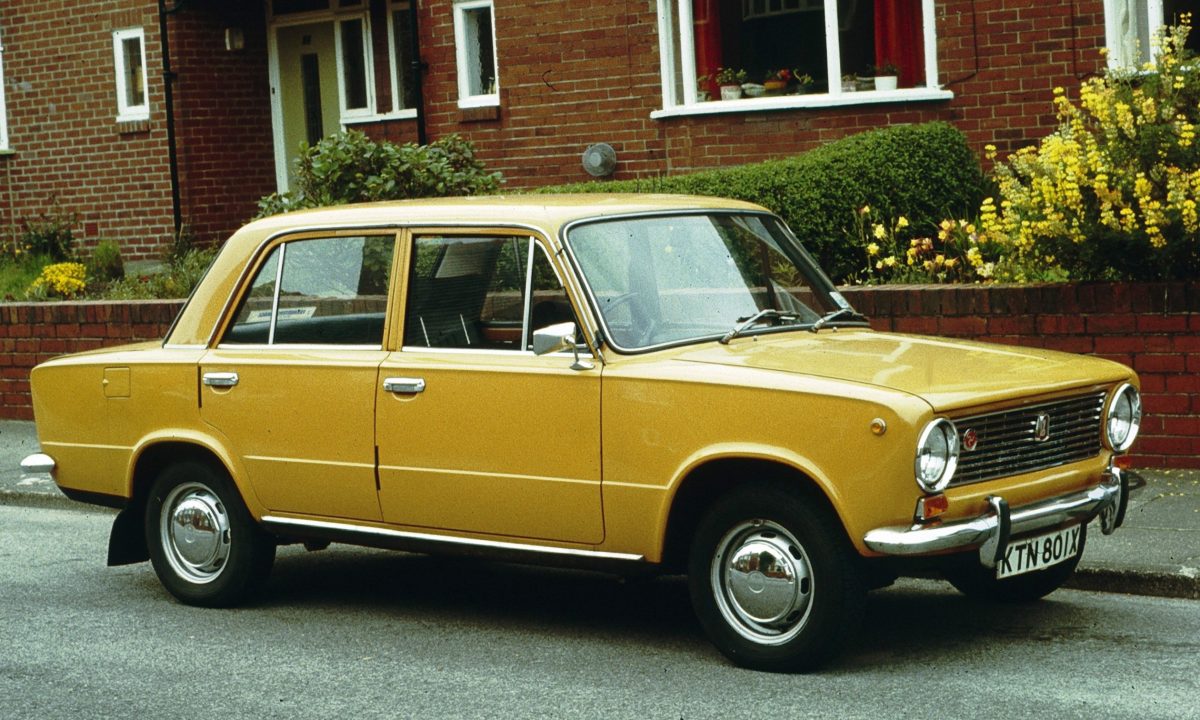
The Lada is perhaps the most iconic of Soviet car brands in the world and is still made today by Russia’s AvtoVaz car manufacturer. Lada is the brand name used for export, though – at home in the USSR, it was known as Zhiguli. The Lada/Zhiguli came about through a collaboration between AvtoVaz and Italian car-maker Fiat. The aim was to produce a reliable car that could be made cheaply enough to be accessible by ordinary Soviet citizens, rather than the more expensive to build models that were restricted to the elite.
The very first Zhiguli – the Vaz-2101 – was simply a re-engineered version of the Fiat 124. Produced in 1970, it went through many iterations and became the most popular car in Soviet history. The Soviet Union began to export Ladas in the 1980s, primarily to Western Europe, and they became a valuable source of foreign revenue for the Soviet Government.
4. Volga

Over time, the name Volga became synonymous with luxury in the Soviet Union after the brand emerged as a successor to the GAZ-M20 Pobeda in 1956. GAZ – Gorkovsky Avtomobilny Zavod – was founded in 1932 as part of a collaboration between Ford and the USSR. They still exist as an entity to this day. The very first Volga vehicles proved to be an instant success. When most cars on the street were pretty uniform, they stood out with their distinctive design.
Volgas became known for their luxury and were soon adopted by the police across the Soviet Union. After a while, only doctors, lawyers, and government officials could afford a Volga. The brand enjoyed peaks and troughs during its existence before it finally ceased production in 2007. However, Volga remains an active market from a classic car perspective. Vladimir Putin is undoubtedly a fan of Volga cars – in the picture above, you can see him in a Volga Gaz 21 with the then President of the United States, George Bush.
5. Zil
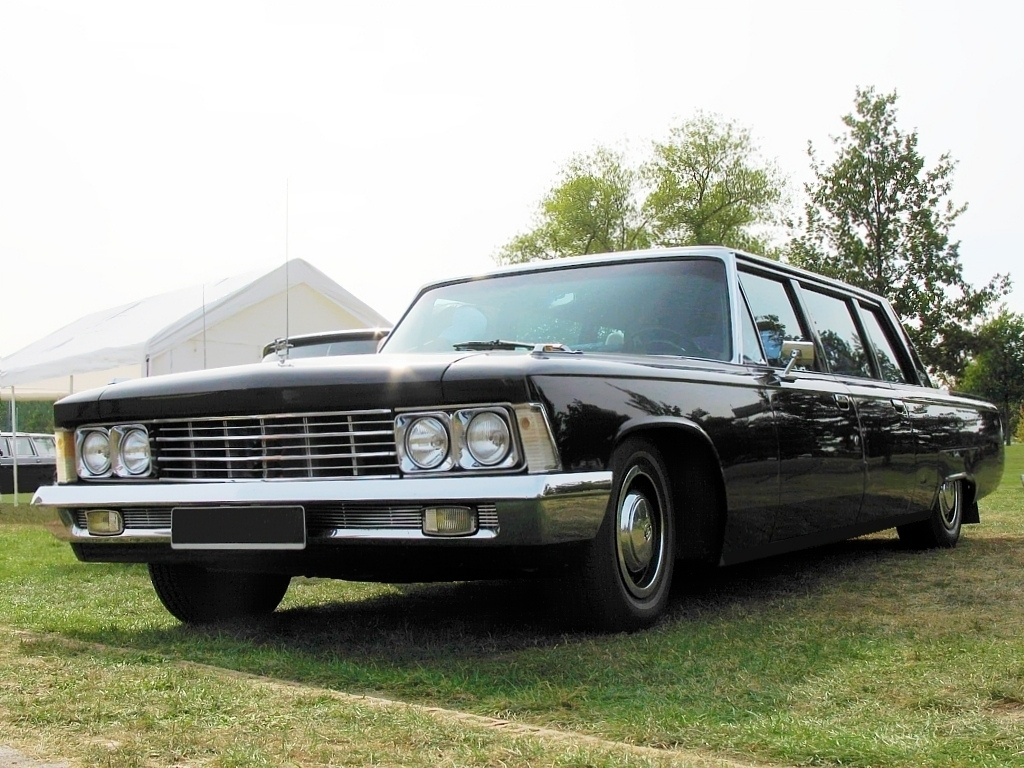
Outside the Soviet Union, Zil, or Zavod Imeni Likhachova vehicles often transported the country’s leaders. These luxury limousines seemed at odds with the outsider’s view of Communist Russia. As such, they gained a distinct air of mystery. These official limos saw life in 1936 when the first ZIS-101 rolled off the production line. Its primary target audience, if you like, is summed up rather neatly in the photograph above. It sees Josef Stalin standing rather proudly alongside one of these early models.
However, the most famous model outside of the Soviet Union was probably the ZIL-115, an armored plated vehicle used to carry dignitaries on foreign visits. It could withstand heavy artillery, and the floor was also bombing and booby trap. Outside of limousine production, ZIL also produced trucks, buses, and a range of sports cars, including the ZIL-112, which could reach a top speed of 162 mph and became the most successful racing car in Soviet history.
6. Mosckvich
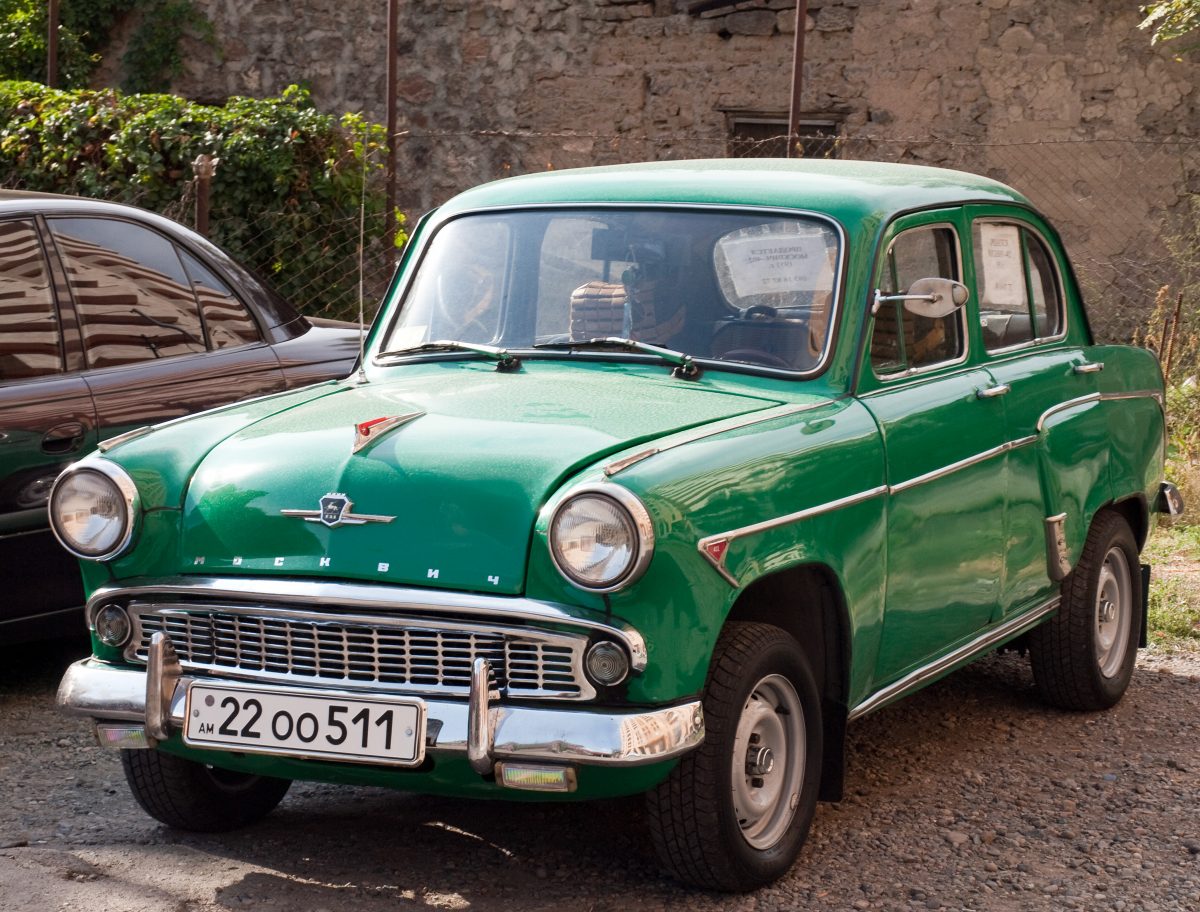
Moving away from luxury vehicles, the Moskvich embodied the outsider’s view of a dull, uniform car driven by many Soviet citizens in the second half of the twentieth century. Aside from the more basic GAZ models, the Moskvich was arguably the most popular of all the Soviet cars.
The first vehicles first appeared in 1945, but the boom years came in the 1970s and 1980s in line with the third generation of Moskvich cars. However, as the Soviet Union fell in the early 1990s, many Soviet icons went with it, and Moskvich was notable casualties. Therefore, this company’s life and death mirrored the significant era of Soviet cars.
